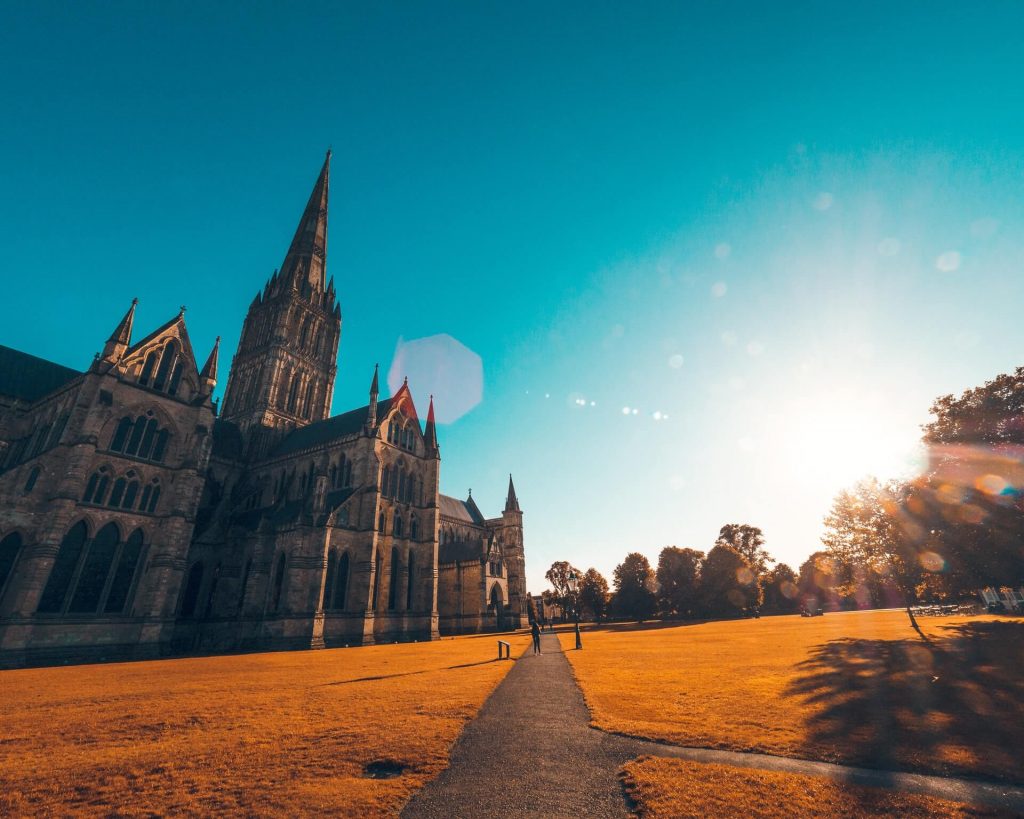Salisbury Cathedral is arguably one of the oldest and most grand cathedrals in southwest England.
Built in the 13th century during the tenure of Bishop Richard Poore, the Anglican cathedral has become one of Wiltshire’s most well-known buildings with tourists flocking from the UK and overseas to view England’s tallest spires and expansive land.
Artefacts worth seeing
Its unique Early English Gothic architecture includes the world’s oldest functional verge and foliot clock. It was built in the late 14th century and originally residing in the bell tower before being restored in the 1950’s and moved to the West front of the cathedral.
The other, perhaps most significant artefact located in the cathedral is a copy of the Magna Carta, of which only four copies have remained since the early 13th century, with Salisbury Cathedral’s being the most preserved.
The Magna Carta is a royal charter of rights agreed to by King John of England at Runnymede, and served as a peace treaty between the King and rebel barons that ultimately fell through resulting in the First Barons’ War. The other copies reside at the British Library and Lincoln Cathedral.
Interestingly, it is one of only a few cathedrals that does not have a ringing bell; with Ely and Norwich being the other two. The mediaeval clock does, however, ring the time with bells every 15 minutes.
Breathtaking views
As mentioned, Salisbury Cathedral has the largest cathedral close in the UK at 80 acres.
The close includes Sarum College – a centre for theological studies up to postgraduate level, The Salisbury Museum, Arundells, Mompesson House (as featured in the film Sense and Sensibility), and an array of cafes and eateries to be enjoyed en route.
There are guided tours as well as self-guided walks for the more spontaneous travellers. Information on these can be found on the National Trust’s website.
These beautiful views were also appreciated by Suffolk artist John Constable, who was commissioned by the Bishop of Salisbury to paint the cathedral in the early 19th century.
If you look closely, you will see the painting also includes the bishop and his wife in the bottom left corner to mark Constable’s respect and appreciation.
Salisbury Cathedral present-day
The cathedral is a living church which means that services, weddings, and concerts still occur regularly.
Visitors to the cathedral can book a tower tour that offers panoramic views across Salisbury and the water meadows, as well as an aerial view of the inside of the cathedral.
It is approximately 5 miles away from our caravan park, and 9 miles from Stonehenge if you wanted to do two trips in one day.


